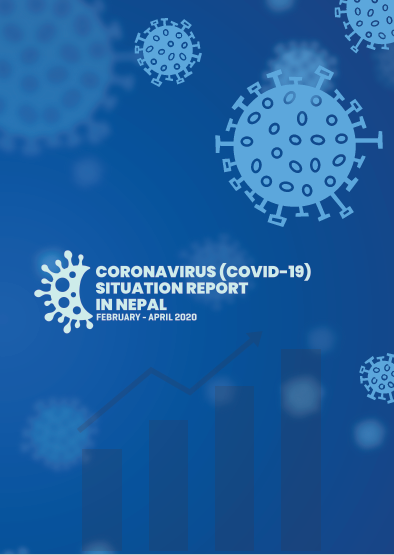Incident Reports
Minors working in Valley sweatshops rescued
2015-03-30
Kathmandu/Mar 30, Factory ma majduri garauna lagidai gareka 16 janaa baal-baalika ko prahari dwaara udwaar.
Police on Sunday intercepted a vehicle carrying 16 children, three of them girls, at Nagdhunga along the Tribhuvan Highway. The children were rescued while they were being transported to Chitwan district by a child trafficking ring.
The children, all below 13 years of age with some as young as eight, were rescued from the Chitwan-bound microbus by a police team from the Thankot Police Check Post led by DSP Pravin Dhital.
“Suspecting that they were being trafficked, we rescued the children and have taken into custody three people involved in transporting them,” Dhital said.
The arrestees Chandra Bahadur Bal, 20, Dipesh Bal, 30, and Purna Bahadur Syangtan, 33, are believed to be recruiting agents for the trafficking ring that forcibly involved children in menial factory jobs.
The rescued children said they were working as labourers at a Kathmandu -based Kapan Carpet Factory operated by people known only as Maila, Saila and Kaila sahu and were being taken to another carpet factory in Chitwan operated by the same people.
“There are more children like us from where we come from,” one of the rescued boys said. “We were made to work non-stop from 4 am in the morning to 8 pm in the night, with just one break for lunch everyday except for Saturdays when we had to work only till 10 am.”
The children are being currently kept at Maiti Nepal, a women and child-rights organisation.
“The children have gone through severe physical exertion and some even have strain-marks on their body,” Maiti Nepal Chairperson Anuradha Koirala said. “They are all very scared after going through this ordeal and some of them are sick.”
“I wanted to go home but my employers said they had paid a huge sum to the agent who brought me here,” another rescued child said. According to him, agents visit villages and persuade gullible parents to part with their children in return for money and promises of good work (ramro kaam) in Kathmandu . All of the children rescued on Saturday are from villages in Rautahat and Makawanpur districts.
“The government has to come up with a complete programme for rehabilitating these children to prevent them from returning back to the sweatshops,” Koirala said, and questioned the government’s claim of Nepal being free from child labour.
The Nepal Labour Force Survey of 2008 estimates that there are 1.6 million child workers in Nepal out of which about 620,000 work in hazardous condition. “They are mostly employed informally as domestic servants, porters, rag pickers or carpet factory workers, as well as in restaurants and in the transportation sector,” a report based on the survey stated. “Depending on the sector, children may have to work long hours, carry heavy loads and face the risk of sexual exploitation.”
A different study conducted by Child Development Society in 2014 shows that more than 3,000 children, about half of them below 5, are working at or living in brick kilns with their families in the Valley alone.
Related Reports
GBV / Siraha
Complaint lodged against a 30-year-old man on the charge of raping a 13-year-old teenage girl in Siraha
December 26, 2023
GBV / Okhaldhunga
52-year-old man arrested on the charge of sexually assaulting a 16-year-old teen girl in Okhaldhunga
Province 1, Okhaldhunga, Sunkoshi, Ward 8
December 03, 2023
GBV / Rupandehi
Complaint lodged against a 22-year-old youth on the charge of raping a minor girl in Rupandehi
August 29, 2023
GBV / Sudurpashchim
School teacher accused of sexually abusing students accused in Kanchanpur
August 20, 2023
Related Trend Analysis
Analysis

THE NEPAL PEACE MONITOR ANNUAL REVIEW: 2020
October 25, 2021
Human Trafficking / LGBT+ Rights / GBV / Political / Children’s Rights / Senior Citizens’ Rights / HRD Issues / Human Rights / Interpersonal Violence / Governance / Covid-19 / Civic-Space / PwD




